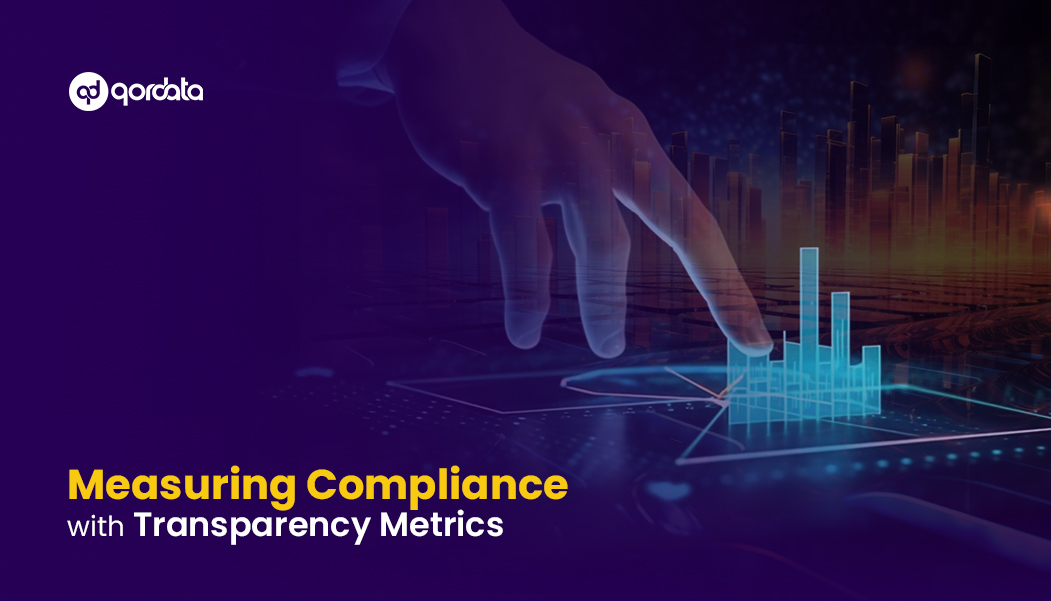Table of Contents
ToggleThe design of a compliance program determines its effectiveness in preventing and detecting compliance risks, i.e., misconduct, breach of internal policies, or the policies imposed by the government.
It is responsible for determining if the corporate management is enforcing the program or is tacitly encouraging employees to engage in misconduct.
This is one of the many reasons why the trend toward building a data-driven compliance program is rising. Several life sciences already have a data-driven compliance program in place or are contemplating building one.
A data-driven compliance program is comprehensive, and as directed by the DOJ – Prosecutors are advised to examine the comprehensiveness of a compliance program.
With clear internal policies and procedures built as per the government’s directions, a centralized flow of data, appropriate assignment of responsibilities, and a system to identify and incentivize discipline, it is clear that a data-driven compliance program that is well-integrated into company operations and workforce is the key to achieving compliance in life sciences domain.
Let’s explore two of the most imperative advantages of having a data-driven compliance program in place.
A Data-Driven Compliance Program Enables You To Spot The Problems Before The Government
You already know that the data submitted to the government will be publicly disclosed and scrutinized.
So, suppose your data shows that your company was involved in some non-compliant activities, misconduct, or violating the rules and regulations. In that case, you might face the consequences in the form of penalties, negative publicity, tarnished reputation, and even permanent bans.
However, with a data-driven compliance program, you’ll see anomalies, non-compliant behaviors, and other risky activities before the government does. Hence, you’ll be able to plan remediations on time to avoid the risk of non-compliance.
In addition, a data-driven compliance program will provide high-value insights into your company’s data enabling you to pinpoint challenges associated with specific departments, activities, and even individuals.
For instance, excessively large payments made to HCPs within a month or a year will be automatically red-flagged through the data-driven compliance program, enabling compliance professionals to mitigate these issues before the data is submitted and made public.
A Data-driven Compliance Program Mitigates Third-Party Engagement Risks
- Does the company keep track of a third party that does not pass the company’s due diligence?
- Does the company take measures to ensure that the third parties that do not pass a company’s due diligence are not hired or rehired?
- How were the red flags resolved if they were identified due to the third party being involved in misconduct?
Prosecutors are directed to ask the above questions by the DOJ while evaluating a company compliance program. The purpose is to determine whether the compliance program can detect particular types of misconduct.
Moreover, life sciences companies know that engagement with third parties carries business-critical risks.
Several laws, i.e., the U.S. Anti-Kickback Statute, subject organizations to harsh penalties when regulators evaluate their relationship with third parties from the transactional standpoint.
A data-driven compliance program enables compliance teams to verify the legitimacy of third-party relationships and transactions and whether they were paid fair market value for it or not. This significantly reduces the risk associated with engaging third parties.
For instance, performing automated background checks before payments are made to third parties. In addition, fair market value can be determined and compared to ensure that the payments are above board. In a nutshell, all of this information can be safely stored and retrieved from a centralized database of global compliance laws.
So, you will not only ensure compliance, but once deployed, the data-driven compliance program will enable you to keep employees, i.e., sales individuals, well-informed of their compliance responsibilities regardless of the country or city they’re operating in.
To Conclude
The evaluation conducted by the prosecutor starts with determining how well a company’s compliance program is designed. The degree to which a program devotes appropriate scrutiny and resources to the spectrum of risks.
In short, prosecutors understand why the company has set up the compliance program the way it has and whether the program is evolving over time.
For this reason, the trend toward data-driven compliance is inclining. Today, compliance professionals must realize that DOJ’s guidance has pointed toward an evolution in life science compliance. This evolution directs companies to build compliance programs that provide a 360-degree view of compliance through data.
qordata’s data-driven compliance suite enables life sciences and compliance teams to significantly reduce pressure, mitigate critical risks, and ensure smooth operations.
For more information, get in touch with us here, or to schedule a demo.



